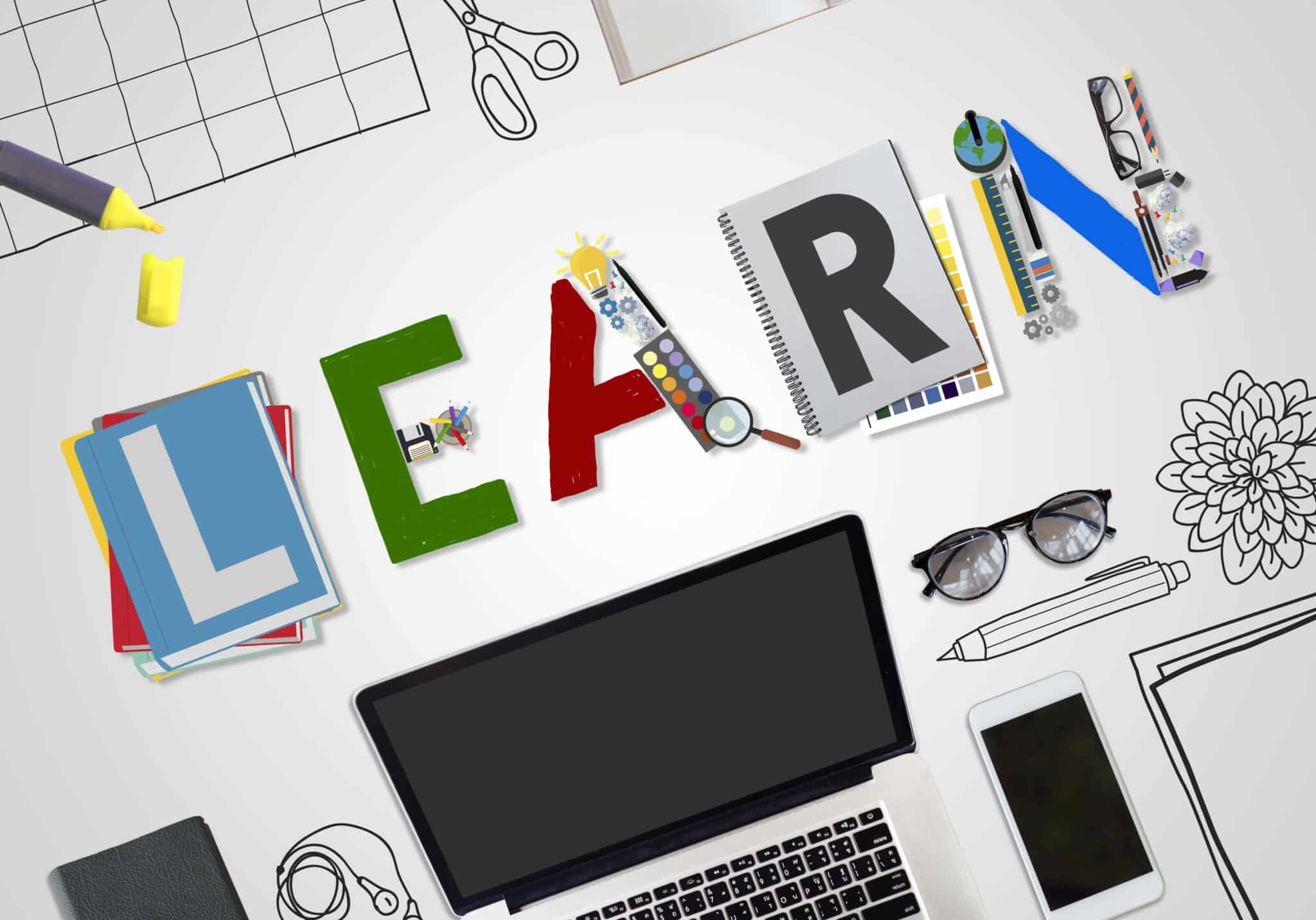You’ve just wrapped up a full-day workshop.
The room buzzed with energy — aha moments, laughter, and deep conversations. Feedback rolls in:
“Loved the facilitator!”
“Very engaging activities!”
“Great break from routine!”
You smile. Job well done, right?
Fast forward three weeks…
The enthusiasm? Fizzled
The action plans? Forgotten, buried in inboxes
The new ideas? Mostly untouched
Sound familiar?
………………………………………………………………………
Here’s the uncomfortable truth: “Great sessions” can sometimes change… absolutely nothing! And that’s exactly why we need to rethink how we plan and design learning experiences.
We live in a world where learning is everywhere — webinars, podcasts, courses, coaching sessions, bootcamps, and the list goes on. But more learning doesn’t always mean better learning. Sometimes, it just adds to the noise.
How does one reframe learning in the age of noise?
We can start by acknowledging that
Training ≠ Transformation: Yes, a session can spark inspiration. But real change? That requires commitment, reflection, feedback, support, and let’s be honest, time as well.
Learning transfer isn’t a one-time event; it’s a process. There have to be multiple touchpoints and follow-up actions after a session.
Completion ≠ Capability: A certificate is nice. Frame it, post it on LinkedIn, add a badge to your email signature. But let’s ask the tough questions: Can learners do something new now? Are they making better decisions? Leading differently? Collaborating more effectively?
If you can’t see change, content has been delivered, but not capability.
Designing Learning Experiences for Change
Table of Contents
Here are a few principles that have made a world of difference in how we at FocusU design learning experiences:
Diagnosis → Intentional Design → Learner Ownership → Workplace Integration
1. Diagnosis
Jumping into workshop planning without understanding the real problem is like prescribing medicine without a diagnosis.
Hence, begin with “Why”. We ask our clients:
- What exact problem are we trying to solve through the learning program? – Is it a leadership gap? A cultural shift? A performance challenge?
- What change should the learning program enable? What should be different after the program — in actions, decisions, or mindset?
Listening to stakeholders and potential participants (yes, really asking and listening to them, not just asking them to fill a form) reveals real challenges, not assumed ones. Once we know what business outcomes are desired, we can design measurable learning objectives.
You will notice how a vague outcome like: ❌ “Improve communication skills.” turns into ✅ “Enable managers to give constructive feedback using the SBI (Situation-Behavior-Impact) model in monthly one-on-one check-ins.”
Diagnosis provides clarity on what the learning experience aims to change and establishes parameters to measure its impact after the program has been implemented.
Note: One size never fits all, and the diagnosis will help qualify if a learning program is the answer (in some cases, it may not be the answer).
2. Intentional Design
A great learning program isn’t just about content. It’s about how that content lands. Therefore, it is essential to select subtopics that genuinely resonate with your audience and are inclusive, rather than just those that are trending.
When designing a learning program, we look at the canvas from three lenses:
- Cognitive – What do learners need to know?
We focus on what’s relevant to them. Provide frameworks and tools they can use and see value in. Never dump content on learners; customize and contextualize it.
- Behavioral – What do learners need to do differently?
We ensure the design includes opportunities for practice (role-plays, simulations, post-session activities, etc.) to increase recall of key concepts and application of learning.
- Emotional – How should learners feel?
We intentionally create space for reflection, where they understand the “what’s in it for me” and see real value in applying learning. When people feel it, they remember it, and they act on it.
And then, based on the learners’ profiles, we select methods that are most likely to resonate with them and encourage active engagement in the learning journey.
3. Learner Ownership
Isn’t it true? The best programs you’ve attended feel like they were designed with you in mind, not like they were dusted off from last year’s folder.
When designing modules and activities, we ask:
- How can learners co-own the learning experience?
- How can the content be personalized for each learner?
- How can learning be seen as a journey and not an event?
Hence, including segments in a program where learners co-create the experience makes a difference – they feel involved, not just informed. We design exercises that prompt self-reflective, breakout discussions where they lead, and space for them to contribute their own stories, not just receive examples. We also design pre and post program material that ensures the learning experience goes beyond the session.
4. Workplace Integration
While it’s easy (and yes, satisfying) to track attendance, quiz scores, and post-session ratings, do these really measure change or impact? Learning should show up in behavior and tie back to the set learning objectives and business outcomes, not just feedback forms. It’s simple: If it doesn’t show up at work, it didn’t work.
Continuing the example, observing if managers are able to give constructive feedback using the SBI (Situation-Behavior-Impact) model in their monthly one-on-one check-ins with their team members is what we want to measure. Remember, measuring impact drives accountability – what gets measured, gets done.
So, how do we enable change for learners?
We plan for learning transfer; we build it into the design. Here’s how:
When designing a learning experience, we ensure that at the end of the session, participants are encouraged to make a commitment to one specific action they will apply back at work. This creates personal accountability and makes the learning actionable. Additionally, we encourage…
- Action enablers: Post-session mini challenges or teach-back opportunities to reinforce learning through reflection and peer sharing.
- Buddy partnerships: Participants being paired with a buddy to support follow-through and provide constructive feedback.
- Manager involvement: Managers being aligned to the key takeaways and encouraged to support practice and provide feedback that promotes learning as a culture.
Including these principles when planning and designing a learning experience promotes learning transfer and gives you a way to measure change. No change = No impact.
So the next time someone says, “We need a training on…”
Smile and ask: “Sure. Let’s start with understanding what change we are really trying to create.”
That’s where the real design begins – the blueprint.
While this article helps you plan and design the blueprint of a learning experience, the FACETS Model will help you prepare and deliver your session. Do read “The Anatomy of Impactful Learning Experiences” by Arun Rao, Co-Founder of FocusU Engage.








